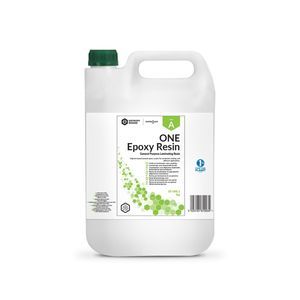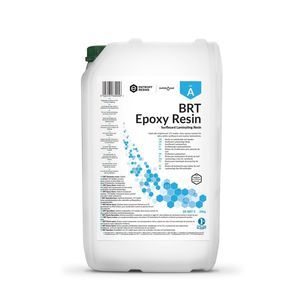

- Company
- Products
- Catalogs
- News & Trends
- Exhibitions
Epoxy resin CCR laminatingbio-based
Add to favorites
Compare this product
Characteristics
- Type
- epoxy
- Applications
- laminating
- Properties
- bio-based
Description
CCR is a low-viscosity, water-clear, UV-resistant, bio-based epoxy resin designed specifically for casting and moulding applications.
Its low viscosity allows bubble-free and crystalline casting, ideal for artistic and leisure applications.
The system features two cure rates: slow (CCS) for high density casting resin applications and fast (CCF) for fast casting resin applications for small projects, such as resin jewellery and others.
CCS is a USDA BioPreferred certified product with a 30% biobase content.
Use: jewellery, thick coatings, castings
Density: fast: 250g/231ml for a maximum thickness of 62mm / slow: 1000g/935ml for a maximum thickness of 100mm
Working temperature: between 15°C and 25°C
Tip for use:
For best results, measure the correct mixing ratio of the two components by weight.
Always stir the product thoroughly for at least 2 minutes, scraping all surfaces of the container to ensure a homogeneous mixture.
Use the product in a temperature-controlled environment within the optimal limits of the product's use. Avoid cold ambient temperatures or high humidity.
For optimum curing performance, ensure that surfaces are dry and free of all dirt, debris and/or oil. Surface preparation by sanding is strongly recommended.
Carry out preliminary tests with the materials and processes being considered to fully understand the curing characteristics of the resin in your working environment and the compatibility of the resin with other materials.
Available options :
CCR resin + CCS slow hardener
Mixing ratio by volume: 2:1
Mixing ratio by weight: 100:42
Mixing viscosity (cPs at 25°C): 270
Time of use (at 25°C): 360 minutes
Exhibitions
Meet this supplier at the following exhibition(s):

*Prices are pre-tax. They exclude delivery charges and customs duties and do not include additional charges for installation or activation options. Prices are indicative only and may vary by country, with changes to the cost of raw materials and exchange rates.


